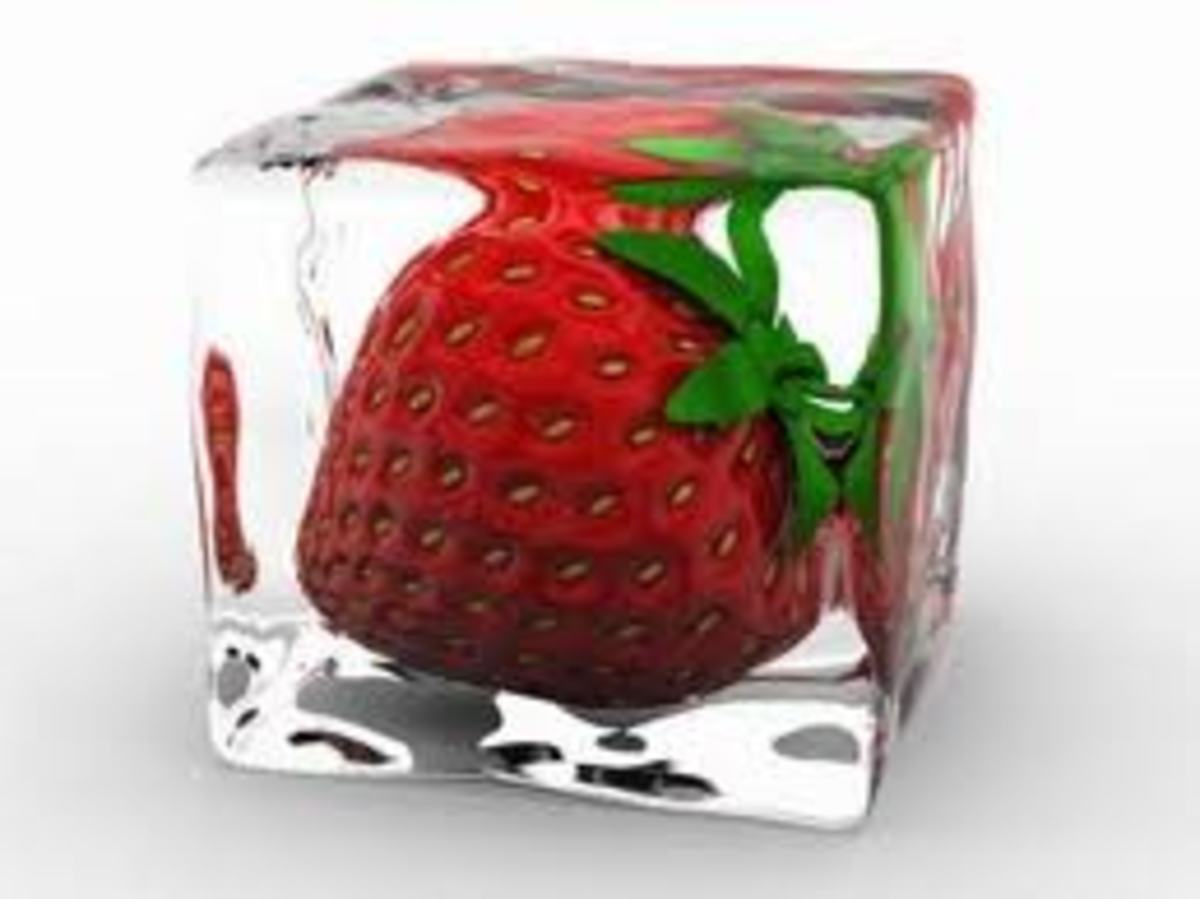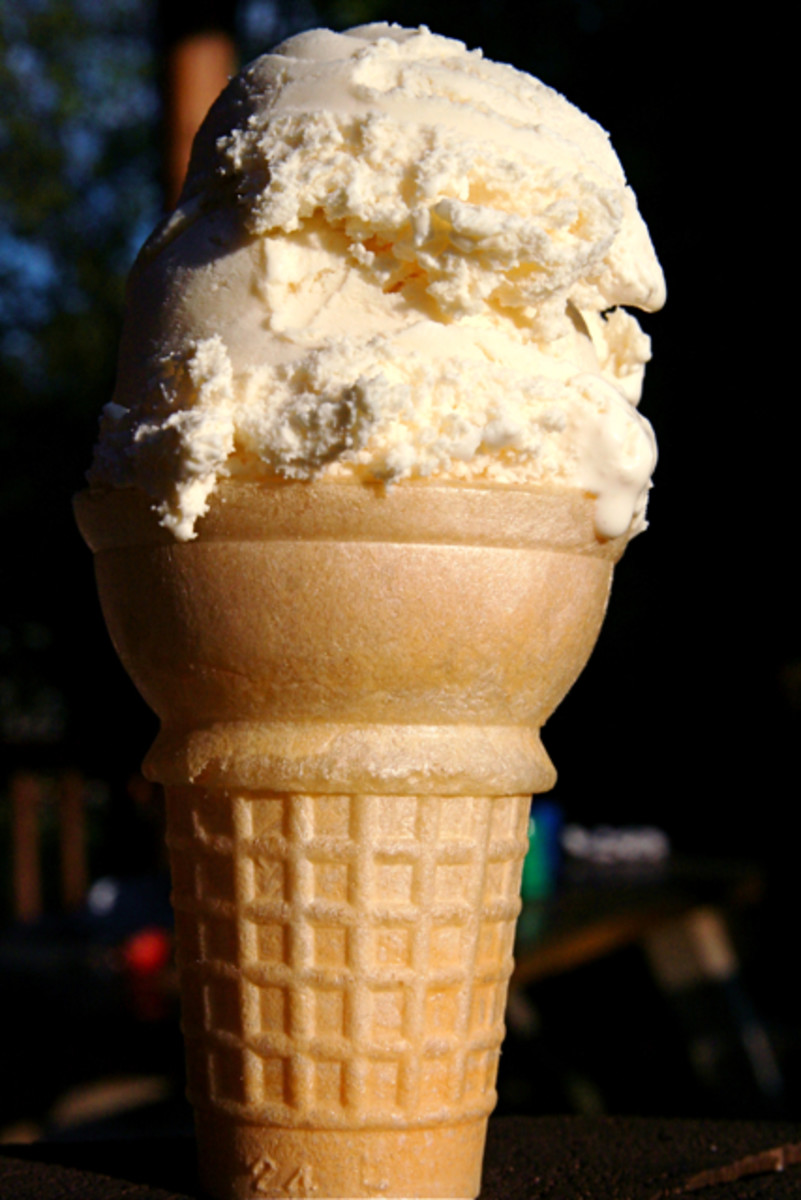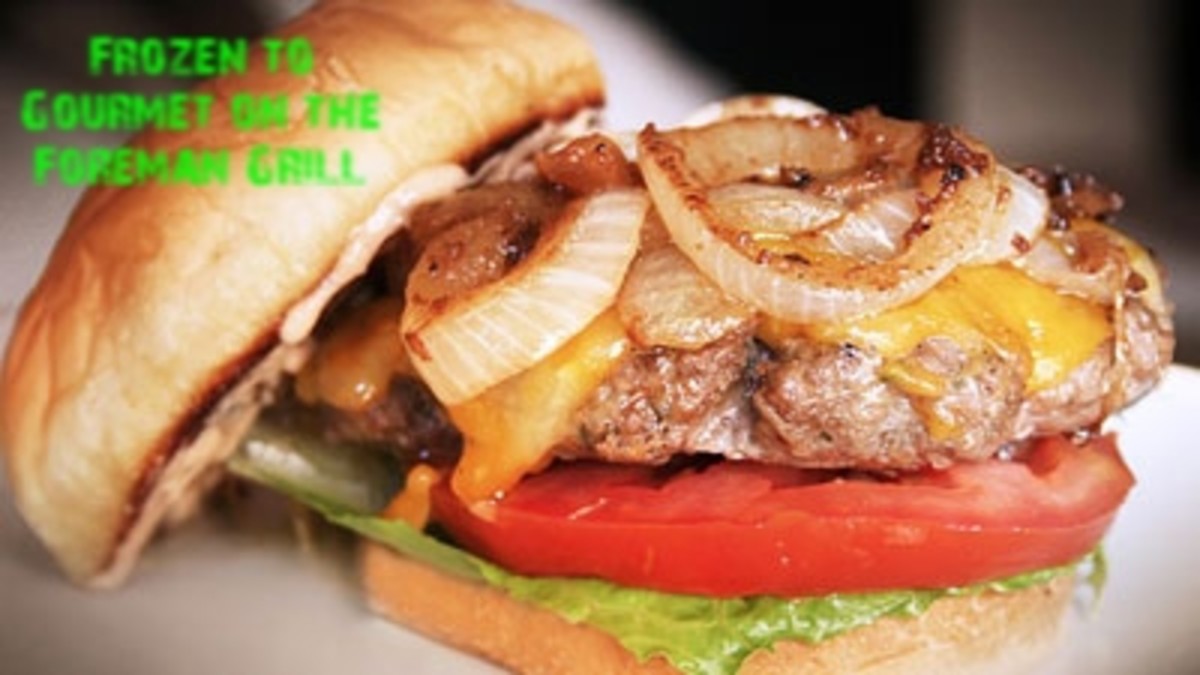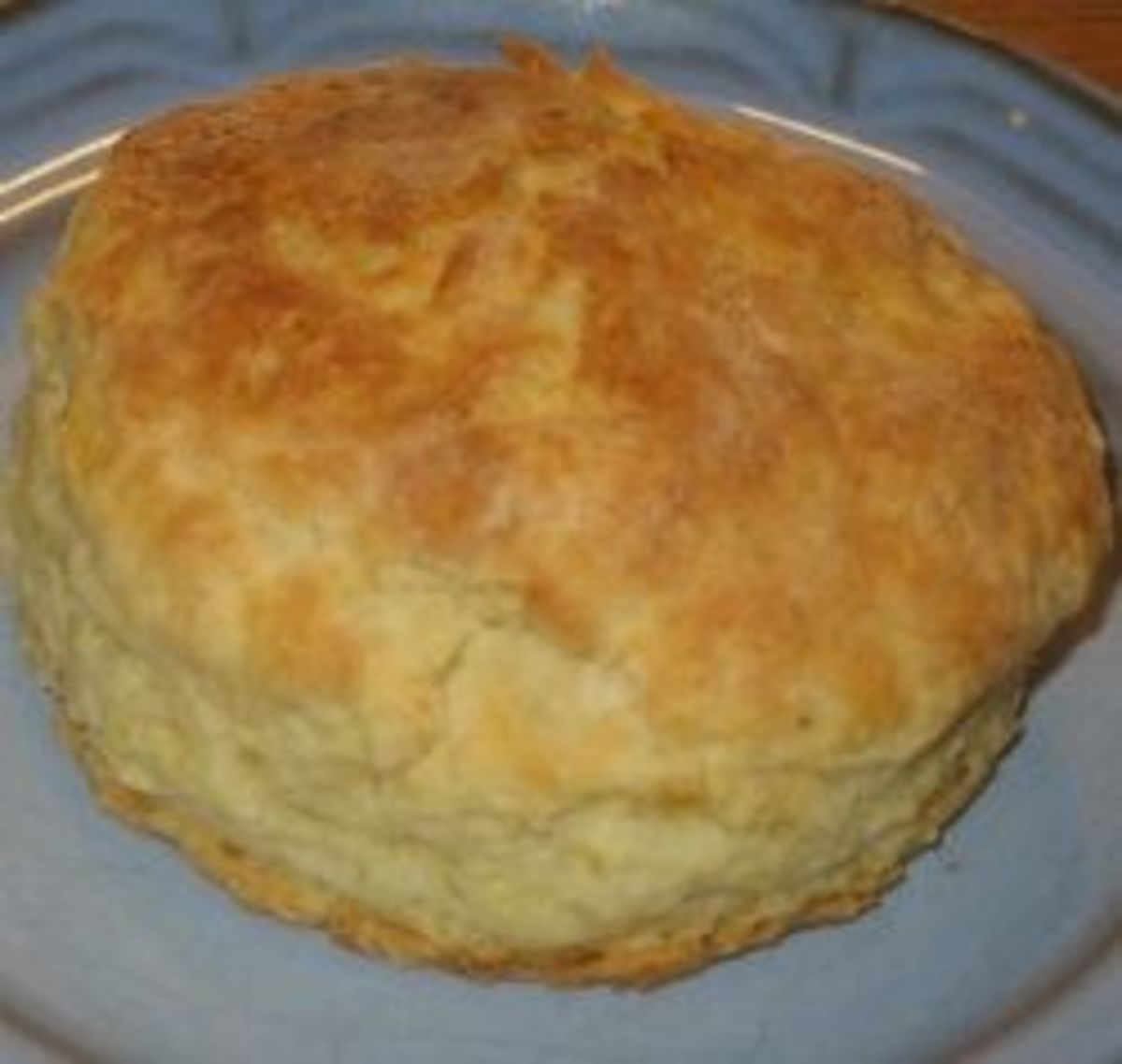What Is Dry Ice?
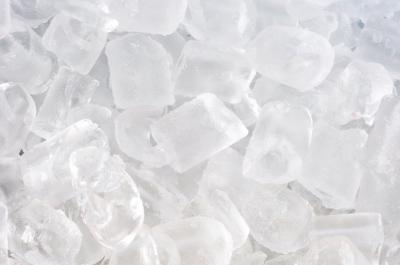
Dry Ice Facts
Even though may not have heard of the phrase “wet ice” you likely use wet ice on a daily basis to cool your water, tea or even soda. "Wet Ice" is the normal ice you make in the freezer by freezing water. But have you ever heard of “dry ice”? And what’s the difference between “wet” and “dry” ice anyway?
Dry ice is the solid form of the gas carbon dioxide. Although the liquid form of carbon dioxide is often used to add bubbles to drinks such as beer or soda pop, it is also used as a preservative in chicken and beef, notes the Penguin Brand of dry ice. Used correctly, dry ice has up to five times the cooling power of traditional wet ice.
Since the every day person isn't likely preserving meat, what are more practical, everyday uses of dry ice? When you don’t have access to a refrigerator or freezer, such as during camping trips or power outages, dry ice allows you to keep food fresh or frozen (your choice) for up to 3 to 4 days without the melting mess of wet ice. For freezing items such as meats or ice cream, place the dry ice on top of your foods. For keeping items cool, such as sodas or lunch meats place the dry ice on the bottom of the cooler.
Flash Freezing Fruit
Flash freezing fruit is easy with dry ice too, and this option is often more economical than buying store-bought frozen fruits. Simply clean and dry the small fruit pieces then place the individual piece of fruit on a metal cookie sheet. Position several pounds of dry ice in the bottom of a cooler, and place the cookie sheet directly on top of the ice. Close the lid on the cooler, and allow the fruit to freeze over the next few hours. Once your fruit pieces are flash frozen, place the fruit pieces into a freezer bag for easier storage until you are ready to use them.
Let's Get Spooky
Ever wondered how a witches cauldron bubbles and boils? It's dry ice. Drama performances also use dry ice to give the impression of smoke or fog. Recreate fog by placing a large chuck of dry ice into warm water, and direct a fan to blow over it.
Create spooky punch or a witches cauldron with chunks of dry ice into warm water or unto a large punch bowl filled with your preferred beverage. For best results, use an electric skillet, hot plate, or slow cooker to keep the liquid warm. As long as you've used "food grade" dry ice, feel free to drink the beverage sitting around the ice. Avoid touching or drinking any chunks of the dry ice though.
Emergency Uses
If you've lost power in your home, dry ice can help preserve the food in your refrigerator or freezer. Keep in mind that dry ice typically evaporates at about 1% per hour, according to the-iceman.com, so you'll need to take this into consideration when determining how much dry ice you'll need for the size of your refrigerator or freezer. According to Continental Carbonic, the average refrigerator requires about 25-30 pounds of dry ice to keep food frozen for one day. Place the ice on the top shelf, and keep the door closed to keep temps are low as possible. Replace dry ice in about one day, or when the ice sublimes.
Safety Tips
Although working with dry ice is fun and educational, the extreme nature of the product makes it dangerous if not handled correctly. For best (and safest results) follow these safety tips found below:
- Never touch dry ice directly with your hands or skin; it will burn you. Use gloves or tongs to avoid skin contact.
- Avoid inhaling too much of the gas released from the ice, and there isn’t enough oxygen in it. “Heavy carbon dioxide vapor released may cause suffocation” warns the Penguin Brand.
- Allow dry ice to evaporate naturally in a paper bag placed outdoors. Don’t allow pets or children to come into contact with it.
- Never place dry ice directly on glass or tile. The extreme temperature (which is about -109 degrees Fahrenheit) could cause the surface to break or crack!

